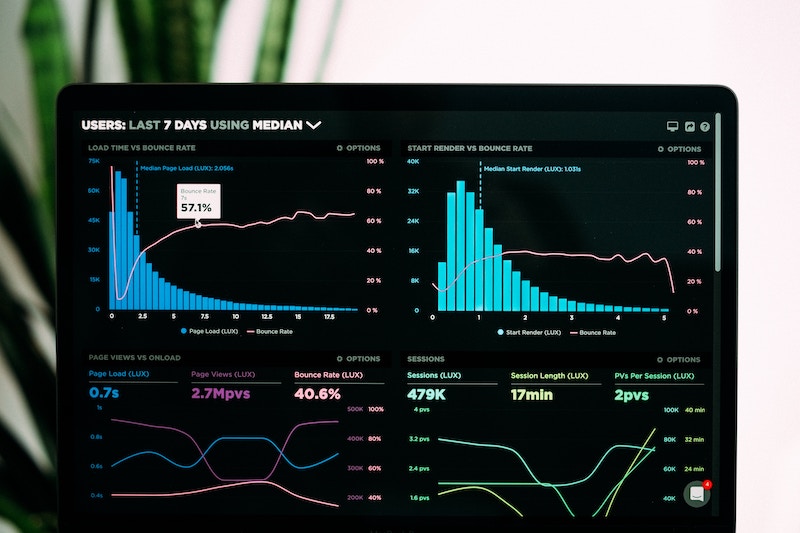2023 Profitable Growth: Key Performance Metrics for 7 and 8 Figure DTC Brands


Imagine you’re on the edge of remarkable business growth, a phase that transitions your DTC brand from surviving to truly flourishing. The secret isn’t buried in monumental investment or a sweeping overhaul, but rather in understanding and optimizing a set of crucial metrics. These key metrics act as levers in your hands, each one controlling a different aspect of your ecommerce business: Financial, Business, Customer, and Channel. With these in your control, you can improve your business strategy like never before.
Financial Metrics specifically Contribution Margin (CM) act as your guide through the complex balance of revenue and variable costs. Imagine you sell eco-friendly running shoes. By monitoring your CM, you unravel the profitability of each pair after accounting for its costs, helping you decide how much you can spend on marketing to bring in new customers.This is the fundament of your growth.
Moreover, tracking CM helps you in pricing your products strategically. It can reveal if you’re pricing too low (thus eroding your profits), or too high (which might be driving away potential customers). It’s about finding that sweet spot that maximizes profitability while remaining attractive to your target market.
Business Metrics like Sales, Spend, Marketing Efficiency Ratio (MER), and Average Order Value (AOV), are your business’s vital signs. They show you where your business stands and where it could go. Say your marketing budget is tighter than a drumhead. Keeping an eye on your MER lets you know if your marketing efforts are yielding returns or just eating up your resources.
In addition, watching the trends in your AOV can give you ideas for upselling and cross-selling opportunities. If your AOV is stagnant or falling, it might be time to introduce bundle deals or rewards programs to encourage larger purchases.
Third lever is Customer Metrics. New Customer CAC (Customer Acquisition Cost), Repeat Rate, and Conversion Rate, serve as your insight into customer behavior. With an increasing number of DTC brands, you need to make sure attracting new customers isn’t burning a hole in your pocket. Keeping your CAC sustainable is the key here.
Lastly, Channel Metrics. Return on Ad Spend (ROAS), Cost per Acquisition (CPA), and Cost per Click (CPC) – shine a light on the performance of your advertising channels. Remember experimenting with various advertising platforms? Knowing which one brings the most value can make or break your marketing strategy.
It’s important not just to monitor four fundamental levers of performance metrics, but also to make informed forecasts for the year, quarter, and month ahead. Measure your business against your own predictions and not by comparing it with the claims of Twitter gurus. It’s your journey, and the only comparison that matters is against your past performance and future goals.
Remember, grand gestures aren’t always necessary. It’s often about focusing on what truly matters – key performance metrics. This 2023, let these metrics guide your brand to profitable growth. Who knows? By next year, you might find yourself not on the edge, but at the height of your business success.
by Alex P.







